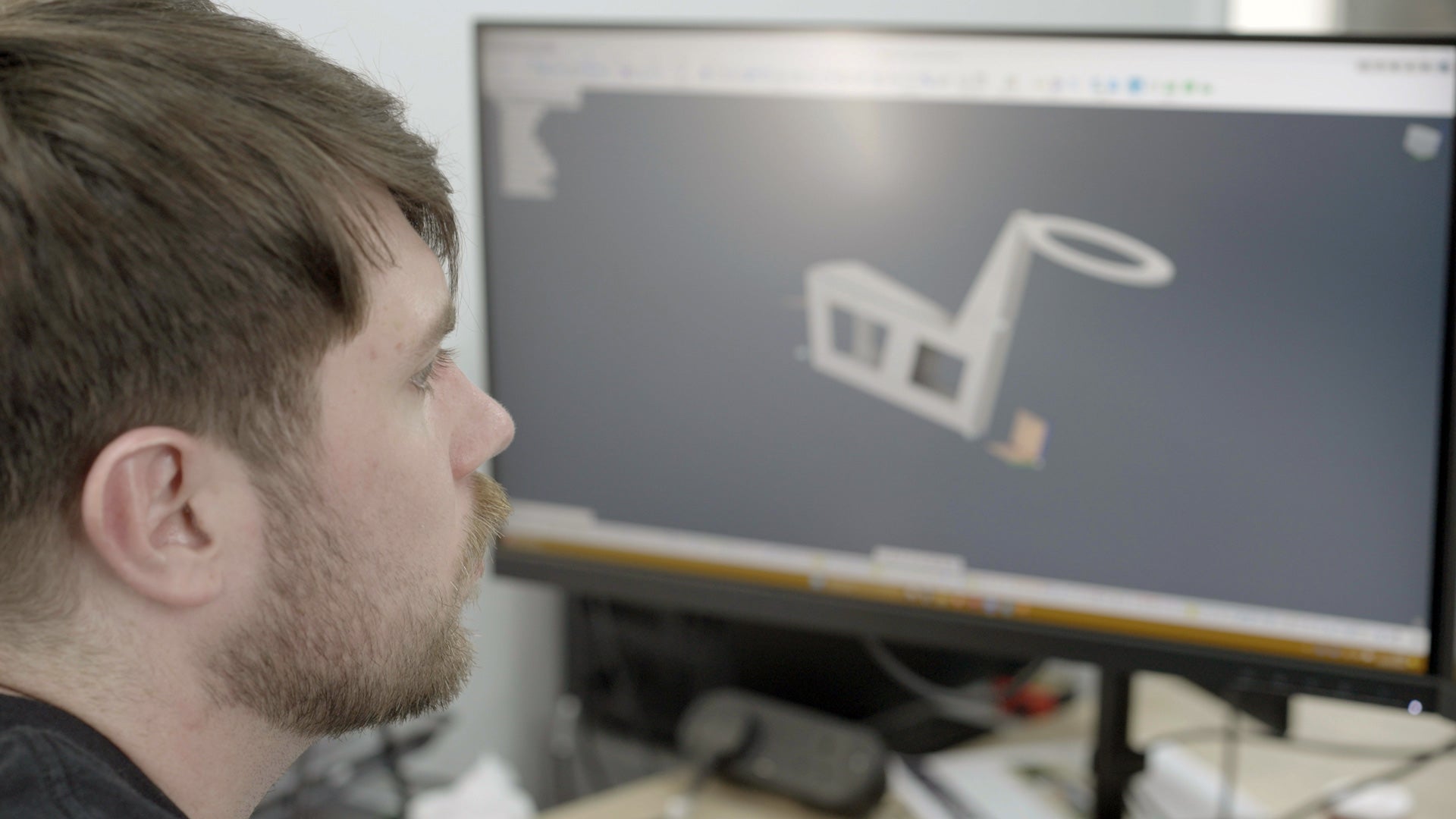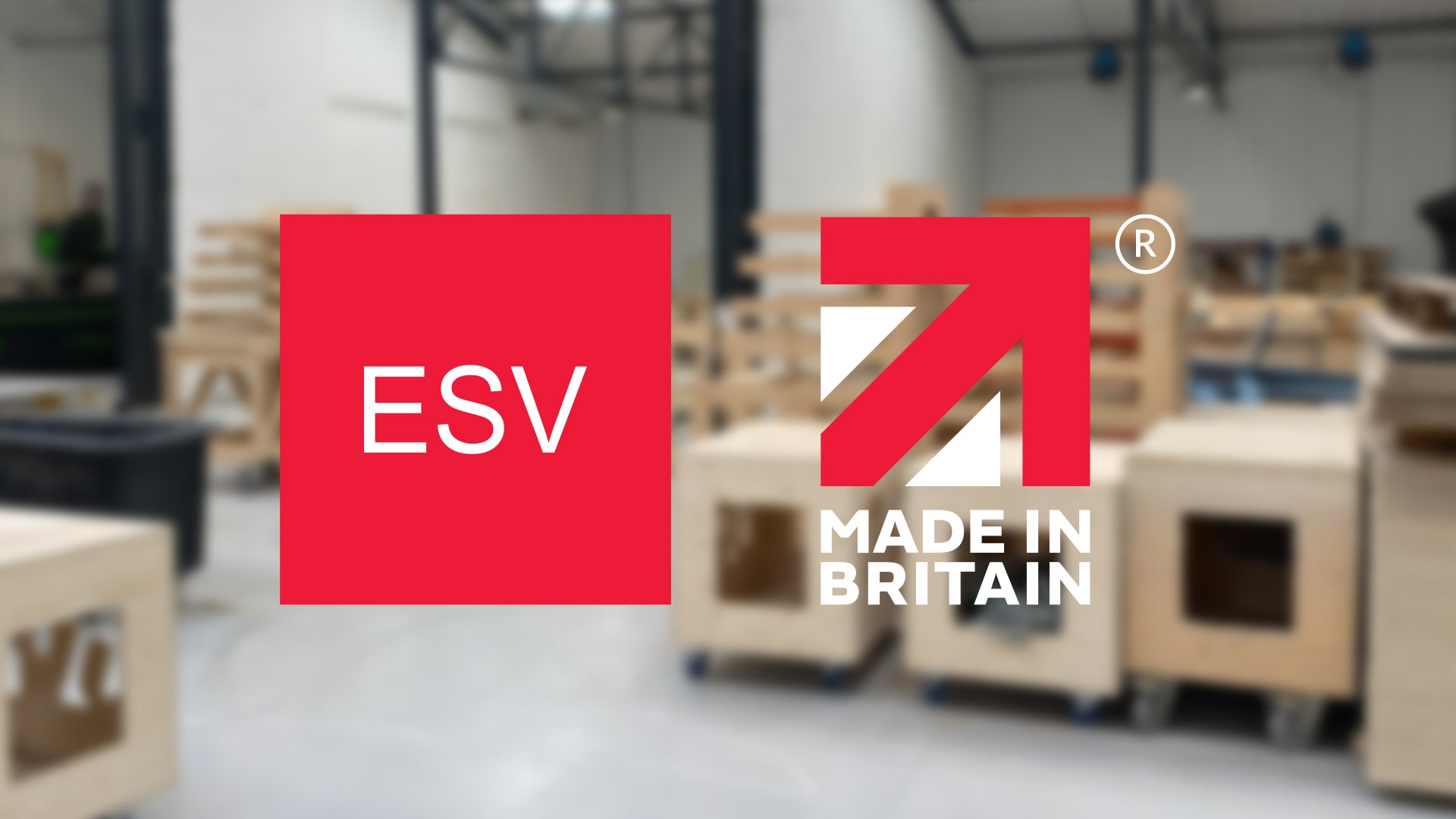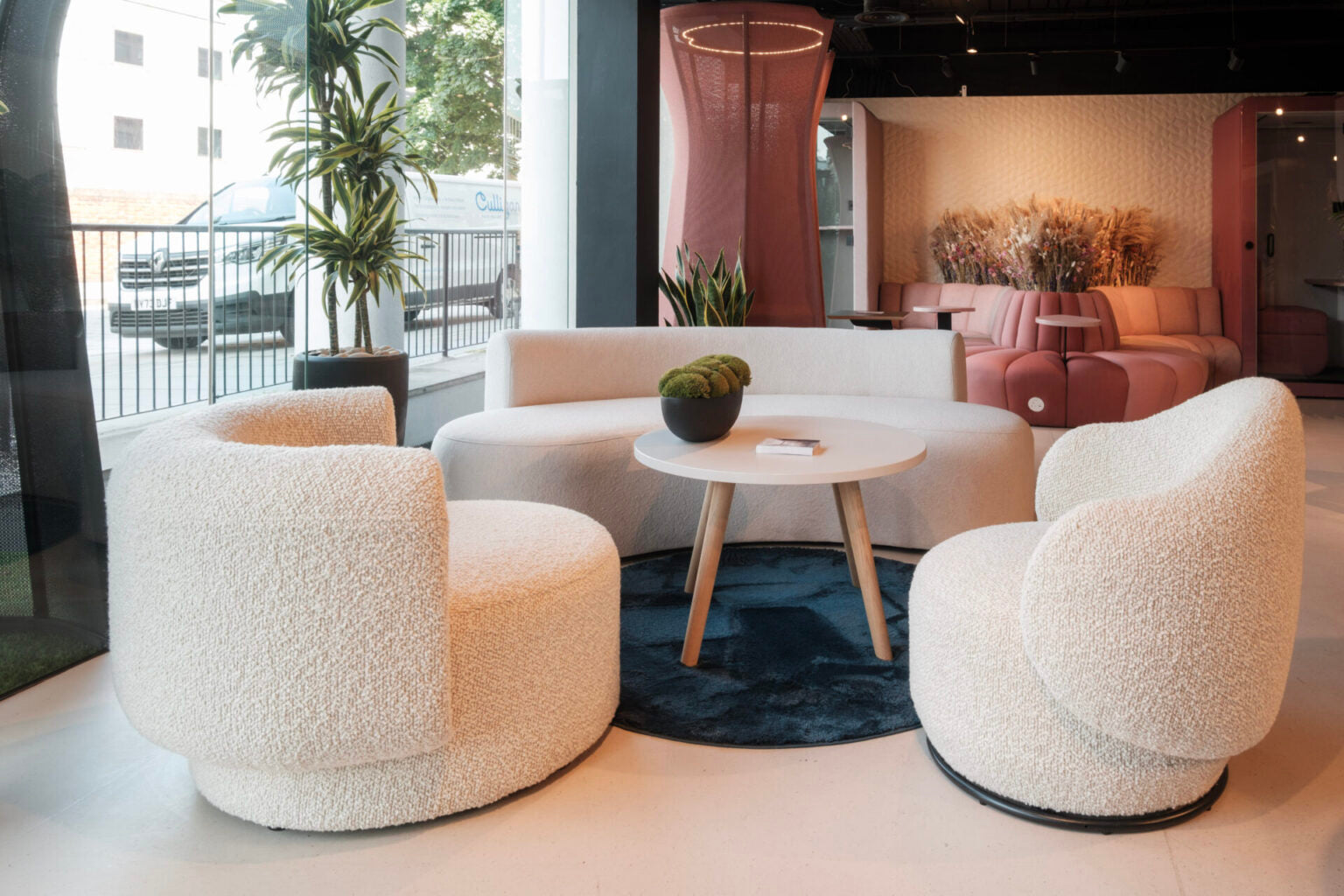
The process begins with transforming the product dimensions provided by our product team into a detailed, functional framework. Our production designers use this software to determine how the product will be assembled, including designing its frame and deciding the best way to connect its various components. Working parametrically, they can quickly and efficiently adjust dimensions and sizes. This feature is vital because any modification—whether it's an overall size change or a slight tweak in a specific element—automatically recalculates and updates the associated parts, ensuring design consistency.

At this stage, they also consider the product's overall structure, calculating the most cost-effective and sustainable way to construct the framework. This involves accounting for additional options like wiring, lights, PIR sensors, or ventilation, ensuring these elements are seamlessly integrated into the design. The goal here is not only to ensure the product is structurally sound but also to optimise for sustainability, using materials efficiently and minimising waste.

Once the 3D framework is complete, the design needs to be translated into a format that our CNC machines can work with. By importing the 3D model, the software "flattens" the design into panels or sections, which can then be cut out. Think of this step as turning a complex 3D structure into a set of flat, two-dimensional panels—like pieces of a giant jigsaw puzzle. Except in this puzzle, we know where all the pieces go.
Next, the broken-down sections undergo a final check, ensuring all lines are clean and any stray elements are removed to avoid errors in the cutting process. After this review, the design is converted into a CNC-readable format.
One of the most important parts of this step is "nesting," a technique used to reduce material waste. By carefully arranging the various product pieces onto the material sheets, we maximise material use, ensuring that as little as possible goes to waste. This process also allows us to use leftover material for other projects, further enforcing our commitment to sustainability. We can also utilise smaller boards and leftover pieces for other projects before any scrap gets sent to dedicated recycling centres.

Fast-forward a few steps (you can read about the CNC process here), and every piece has been cut, checked, and is now ready for assembly. It is thoroughly checked to ensure it meets our high standards. Each piece is then ready to move into the assembly phase, where our skilled product assembly team brings the product to life.







